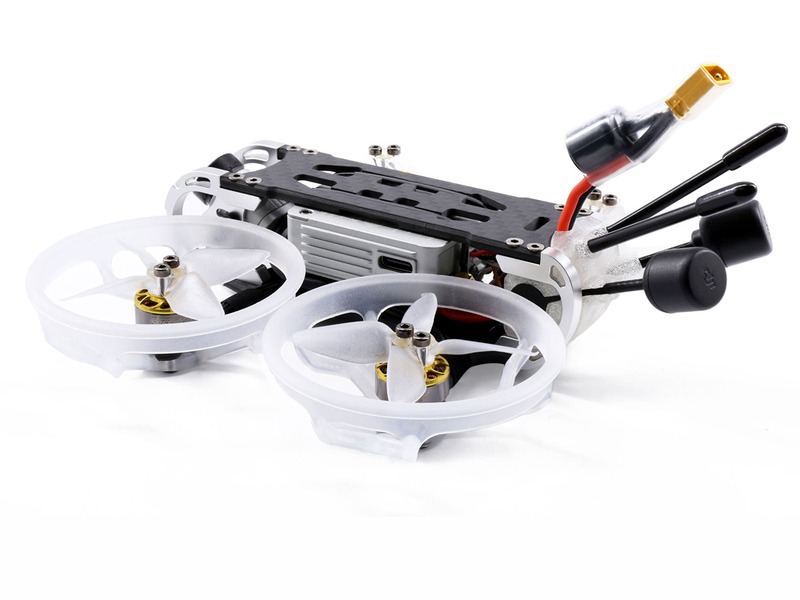Can you fly a drone in humidity?

Yes, you can fly a drone in humidity. Although flying in high humidity can make the drone more difficult to control, it is still possible if certain safety precautions are taken.
One of the most important considerations when flying a drone in high humidity is the weight of the drone. Due to the increase in air density, the drone must be heavier than usual in order to stay airborne. This means that if you are flying a lightweight drone, it may not be able to stay airborne in high humidity. Ensure that the drone is properly calibrated for flying in high humidity.
In addition, the propellers of the drone should be regularly checked for wear and tear. High humidity can cause the propellers to be more susceptible to wear and tear, which can lead to the drone losing altitude or crashing. It is recommended to check the propellers before every flight.
Furthermore, flying a drone in high humidity can cause the drone to become overheated. The motors and other components of the drone can become too hot, leading to a loss of power or a crash. Therefore, it is important to check the temperature of the drone before and during the flight to ensure it is within the safe operating range.
It is also important to be aware of the weather conditions when flying a drone in high humidity. Strong winds can cause the drone to become unstable, making it difficult to control. Therefore, it is important to check the weather forecast before flying the drone, and to avoid flying in strong winds.
Additionally, flying in high humidity can affect the drone’s battery life. The increased air density can cause the drone to use more battery power to stay airborne, leading to a shorter flight time. Therefore, if you plan on flying in high humidity, it is important to bring extra batteries with you.
Finally, it is important to maintain a safe distance from other objects when flying a drone in high humidity. Due to the increased air density, the drone may lose altitude or crash if it gets too close to an object. Therefore, always maintain a safe distance from people and other objects while flying the drone.
In conclusion, it is possible to fly a drone in high humidity, but it is important to take certain safety precautions. Ensure that the drone is properly calibrated and equipped with extra batteries, and be aware of the weather conditions and maintain a safe distance from other objects. By taking these precautions, you can safely fly a drone in high humidity.
Comments / Question
2. Check the drone's sensors: Before flying, make sure to check the status of the drone's sensors. High humidity can cause sensor readings to become inaccurate, and can even cause the drone to malfunction.
3. Take breaks: After flying in high humidity, take several breaks and allow the drone to cool down. This will help ensure that the drone remains in good condition.
4. Avoid wet and damp surfaces: High humidity can cause water droplets to form on surfaces, so it's best to avoid wet and damp surfaces when flying the drone.
5. Use a proper cover: Make sure to use a proper cover to protect the drone from the elements. This will help to keep the drone dry and in good condition.
2. Check the weather conditions before flying and avoid flying in high humidity.
3. Make sure the drone is equipped with a moisture-resistant coating or a waterproofing system.
4. Avoid flying in areas with high levels of fog or mist.
5. Monitor the drone’s battery life and be prepared to land the drone if the battery runs low.
6. Be aware of the potential for static electricity buildup and take appropriate precautions.
7. Be aware of the potential for increased drag due to the high humidity and adjust the drone’s flight path accordingly.
8. Be aware of the potential for increased turbulence due to the high humidity and adjust the drone’s flight path accordingly.

